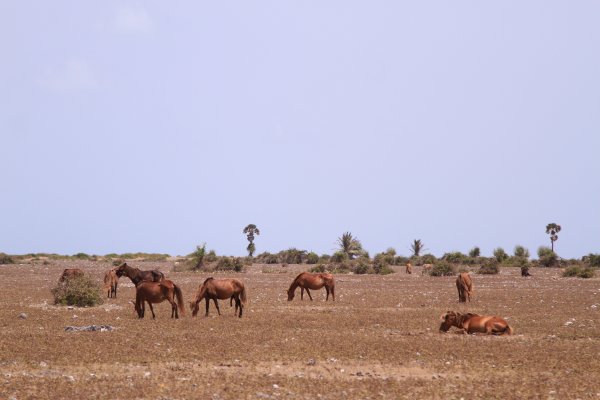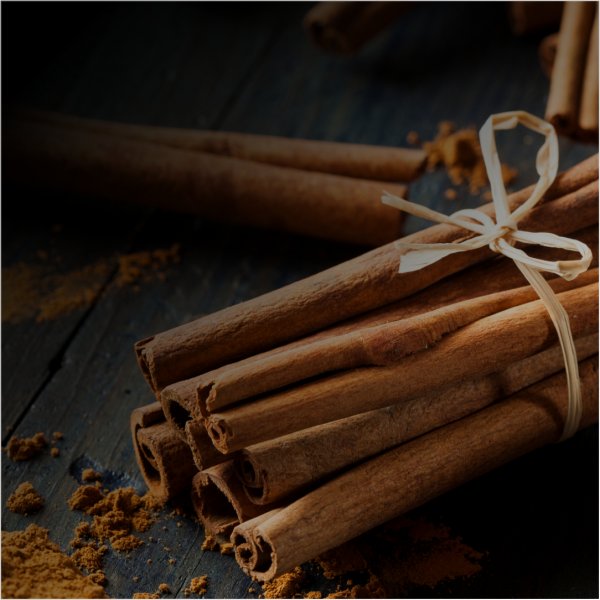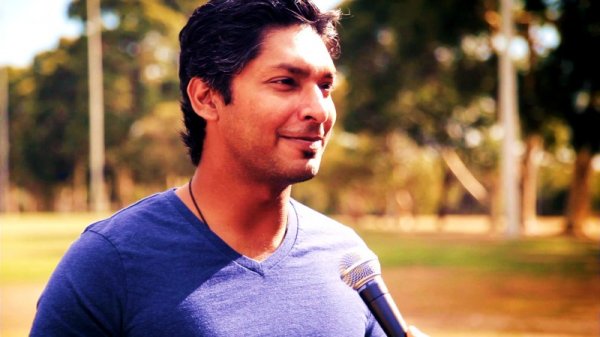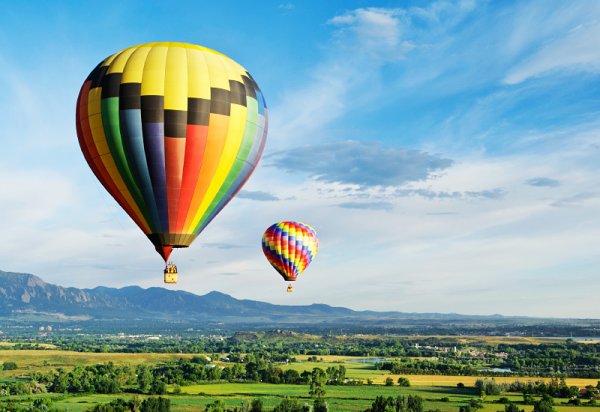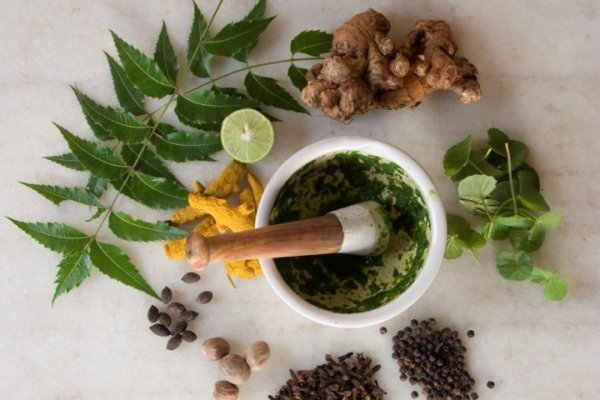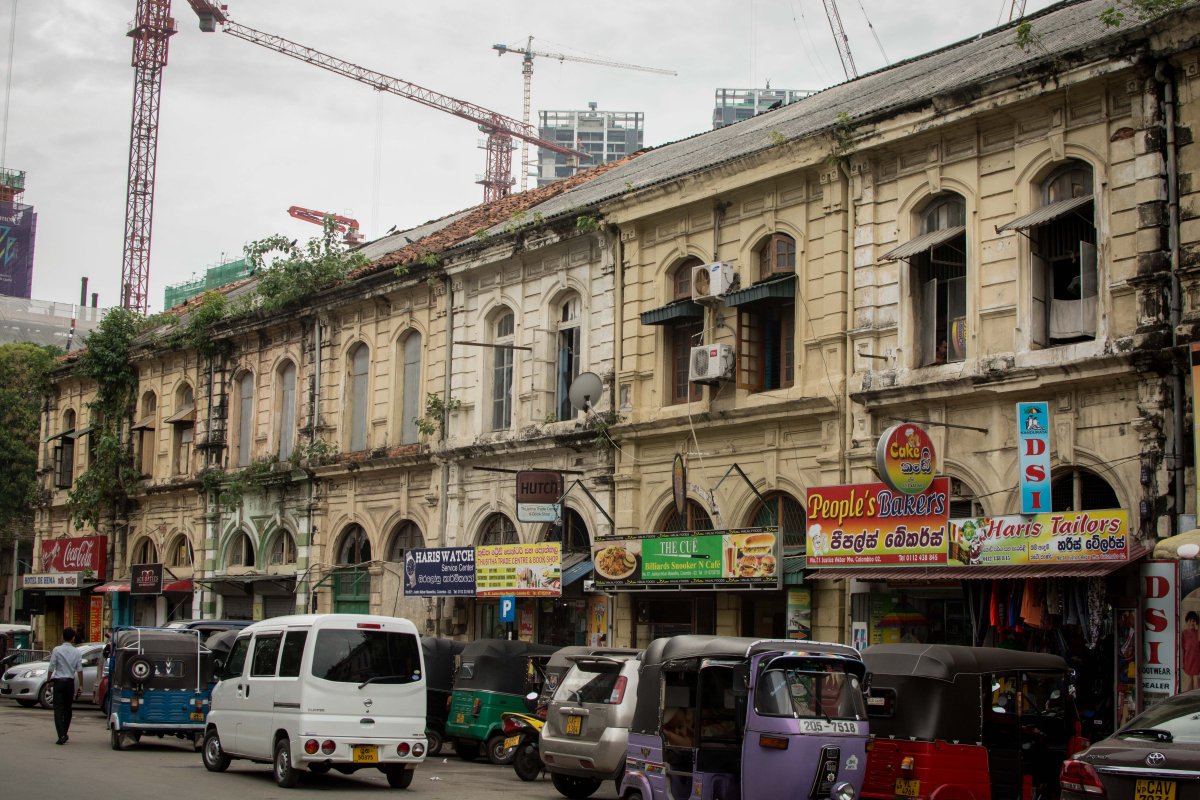
With text contributions by Aisha Nazim
It’s widely believed that Slave Island was actually an island back in the day—and housed ‘kaffir slaves’ brought down by the Dutch during their reign in Sri Lanka. It was also a predominantly Malay locality, as the Dutch brought down Malays from Indonesia for government jobs and housed them in Slave Island; hence the names ‘Malay Street’ and ‘Java Lane’.
In more recent history, the area is a microcosm of what Sri Lanka ideally could be: a multi-ethnic society playing cricket on the streets while carts and road-side stalls sell achcharu and short-eats for nominal fees. Slave Island was also popular for kodal babath curry (a thick, pungent gravy with cow intestines and stomach linings), colourful flats, and remnants of Colonial architecture—like the railway station and the now non-existent Castle Hotel.
However, the landscape has been changing drastically over the last few years: many residents have been evicted and relocated to make way for urban development. Old buildings are being razed down and construction for high-rises, luxury apartments, and hotels are filling in instead.
In a few years, Slave Island as we knew it would cease to exist: and this is our attempt at documenting parts of the old city before it’s buried under modernity.
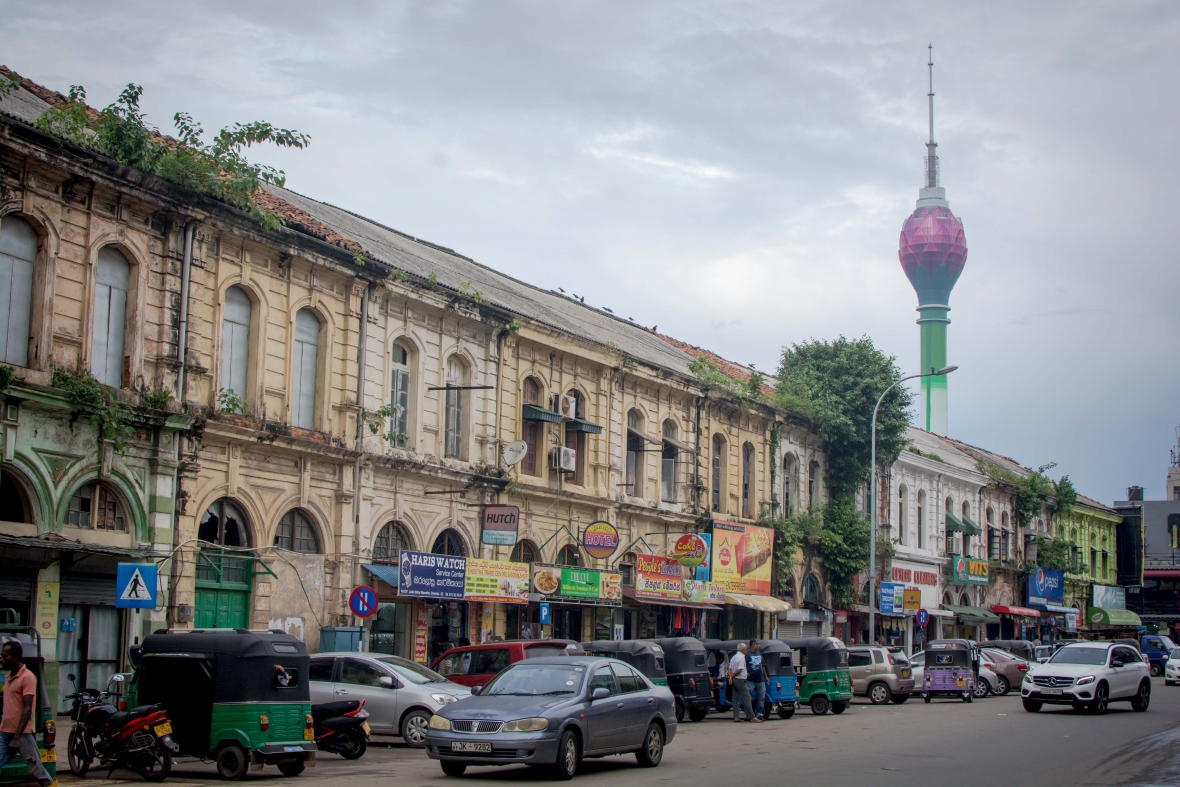
It’s almost impossible to miss these terraced, pastel-hued buildings in Slave Island. They’re best viewed at dusk, especially in the glow of the evening sun.

Architecture from the early 1900s is in a general state of neglect, despite being used for daily commercial activities.
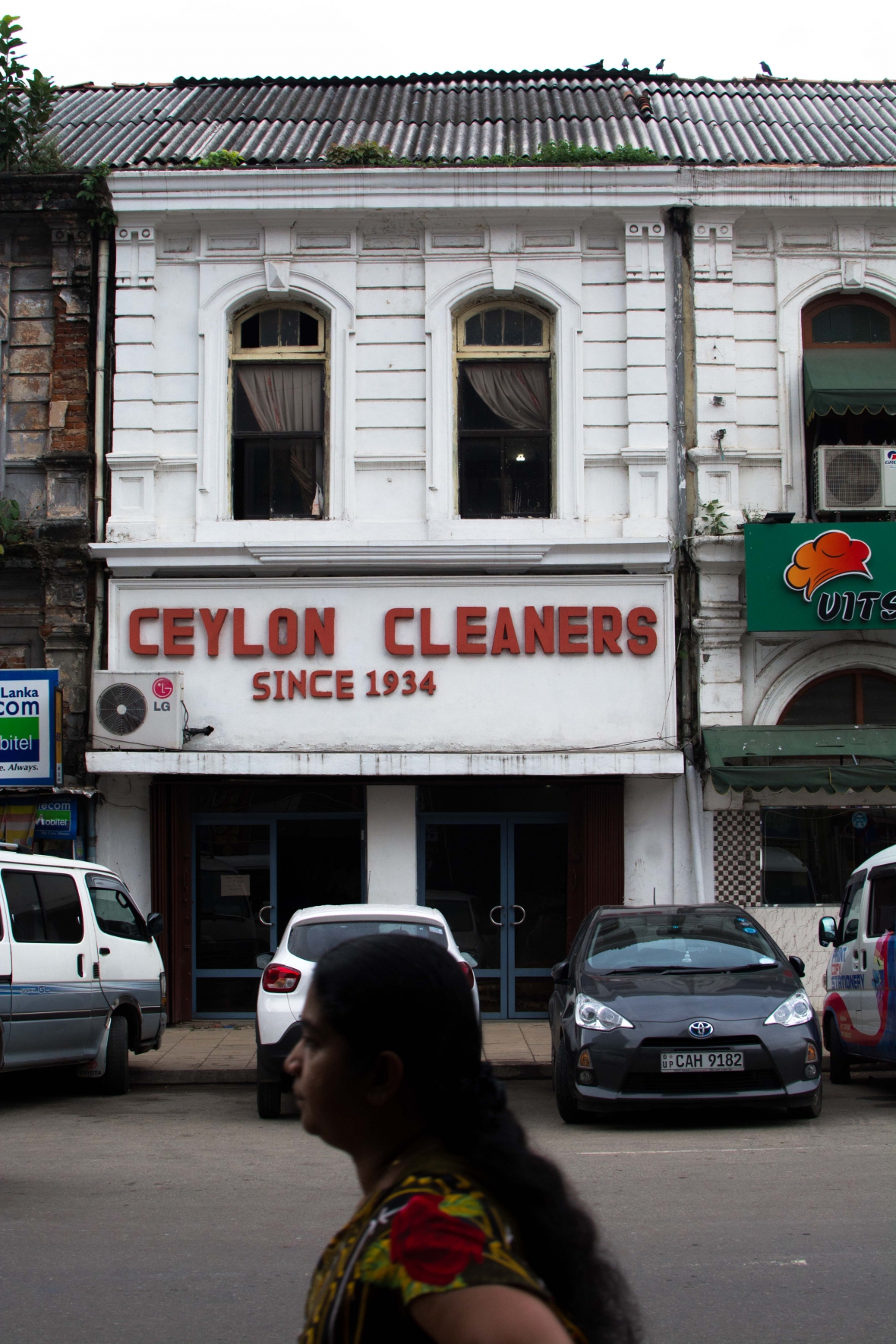
Ceylon Cleaners first opened its doors in 1934. According to Shermaine, the late founder’s granddaughter, business bloomed until this particular stretch of road was made one way. She told us that the buildings are owned by the De Soyza family, but are to be demolished soon thanks to ongoing construction in the area. “Once this is demolished, we’ll either be compensated or relocated to some other place. We’re not entirely sure of which it will be. It’s very sad,” she added.

Raju is a tailor who learnt his trade from his uncle. Hailing from Thotalanga, he comes to the shop every day. “This shop has been here for 58 years. Business is extremely low, 8 years ago there was enough work for 6 people to work here, however now there isn’t enough work for even one person. We are in a very critical situation at the moment.”

Hotel Nippon is one of Sri Lanka’s first five hotels. The building is protected by the Archeological Department of Sri Lanka, and was refurbished recently. Once a large and eye-catching building, it’s now dwarfed by the massive hotels being constructed around it
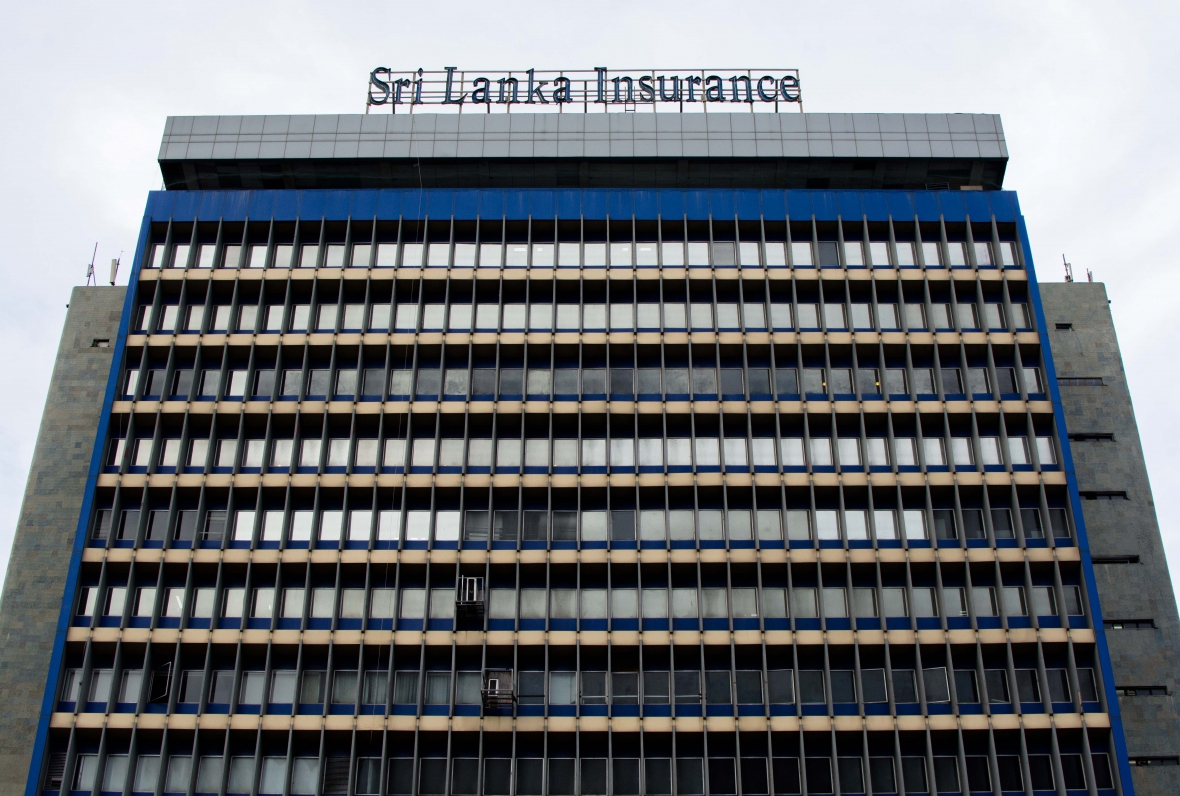
Goliath – The Sri Lanka Insurance Building on Vauxhall Street

The alleys in the area are popular spots for smokers. No-smoking signs are clearly ignored.
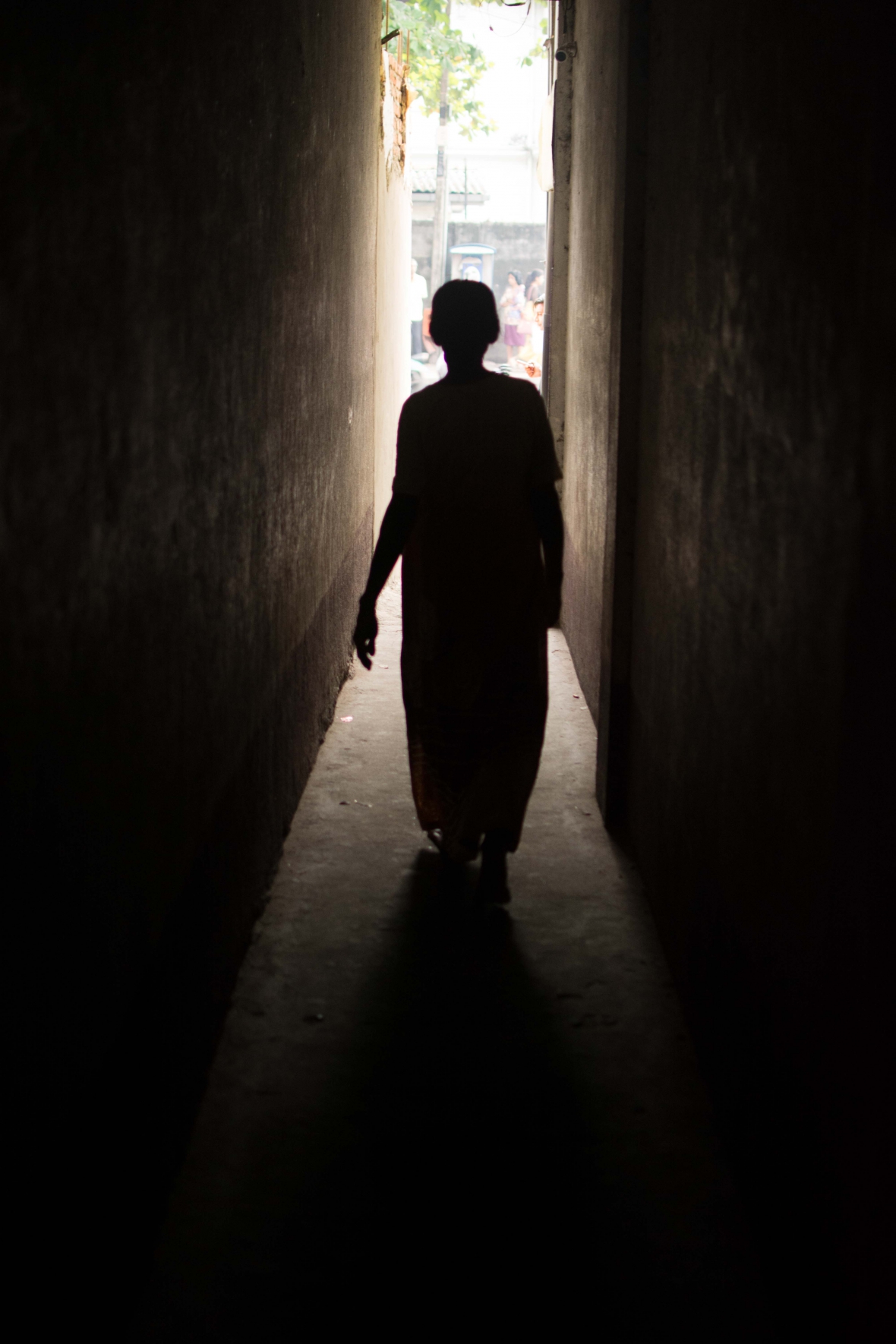
The alleys also connect different parts of the suburb together. This one is a shortcut connecting Vauxhall Street to the Union Place junction.

Chandrasekar, a cobbler down Glennie Street in Slave Island: “I live on Wolvendaal Street; I have been working here for over 10 years now with 30 years of experience as a cobbler. It looks like Slave Island is developing at a good pace, I see a lot of Koreans and Indians working in the construction sites here and I hope Sri Lanka will develop in the future. I wanted to go abroad and work, but opportunities were low and now due to my age, I am unable to pursue that dream, so I’m just going to continue the trade I know and survive.”
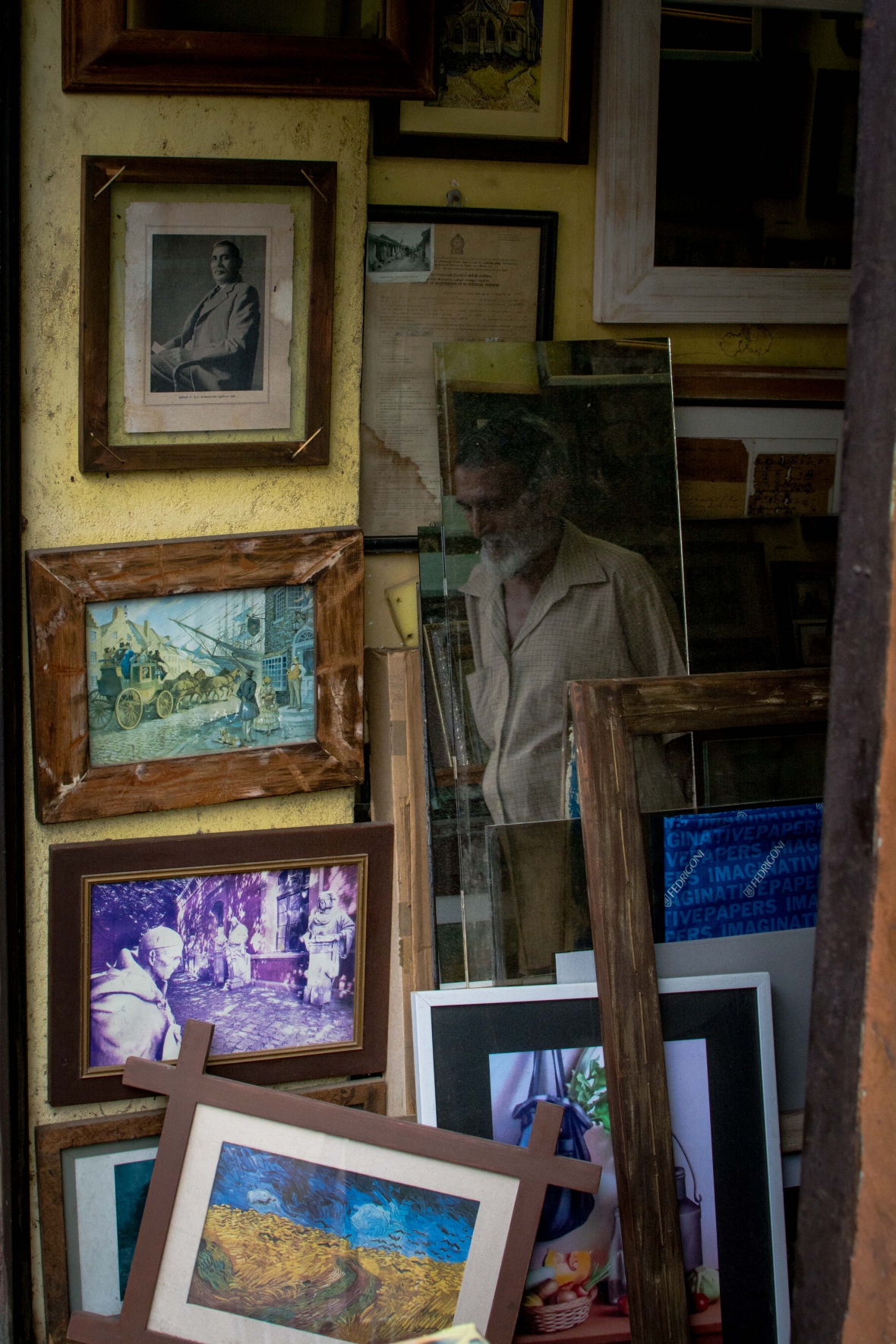
This is Ameer from the Picture Frame Shop down Ferry Lane. The business initially belonged to his father, and is about 50-60 years old according to his estimate. Ameer himself has been working here over the last 20 years. “I’ve got many frames for sale and some special photographs from the old days. You’re a photographer? I can make you a large picture frame made out of Burma Teak for LKR 5,000/-”

One of the old photographs from Ameer’s collection. It depicts a regular day in Slave Island back in the old days.
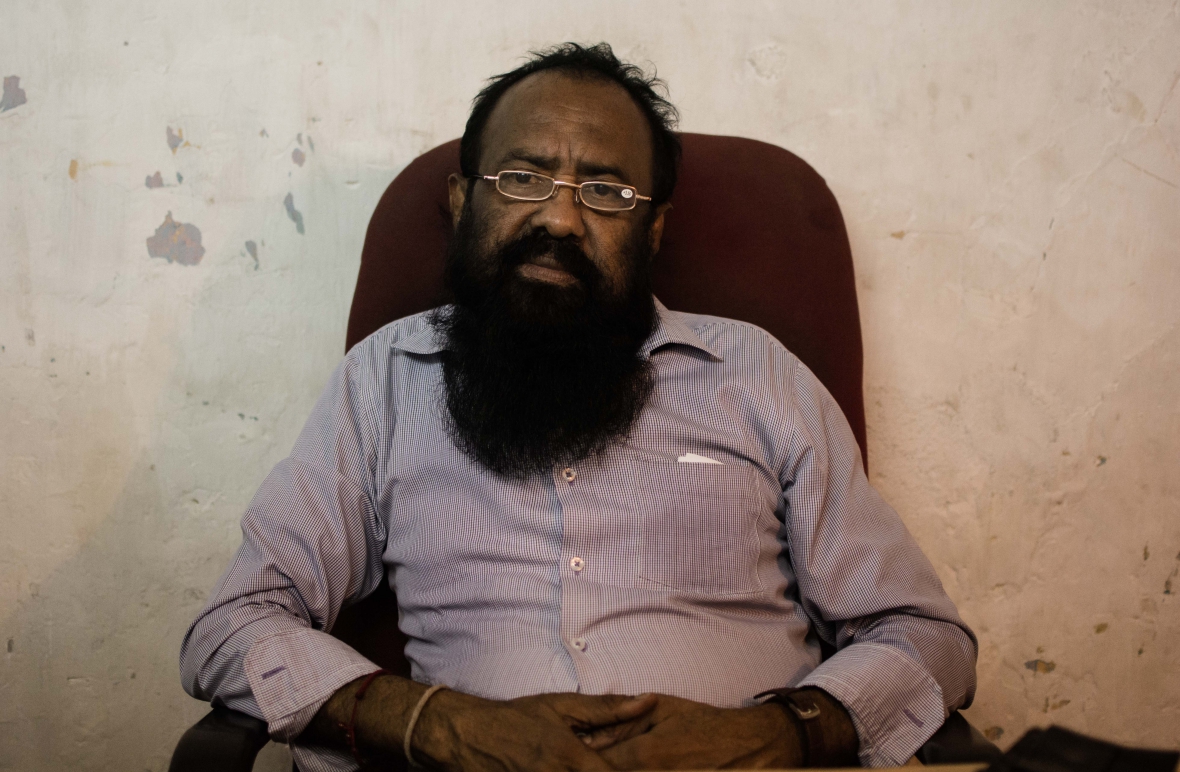
Mr. Cooray from Nimal Rubber Products opposite the Nippon Hotel: “I produce rubber products for concrete pumps, or for anything else. In the past 20-30 years, the only thing that had changed around here were the constructions of new buildings. But now everything is changing, even Rio has stopped its shows. Business, however, is low, we are importing too much from China and not producing anything ourselves as a country.”
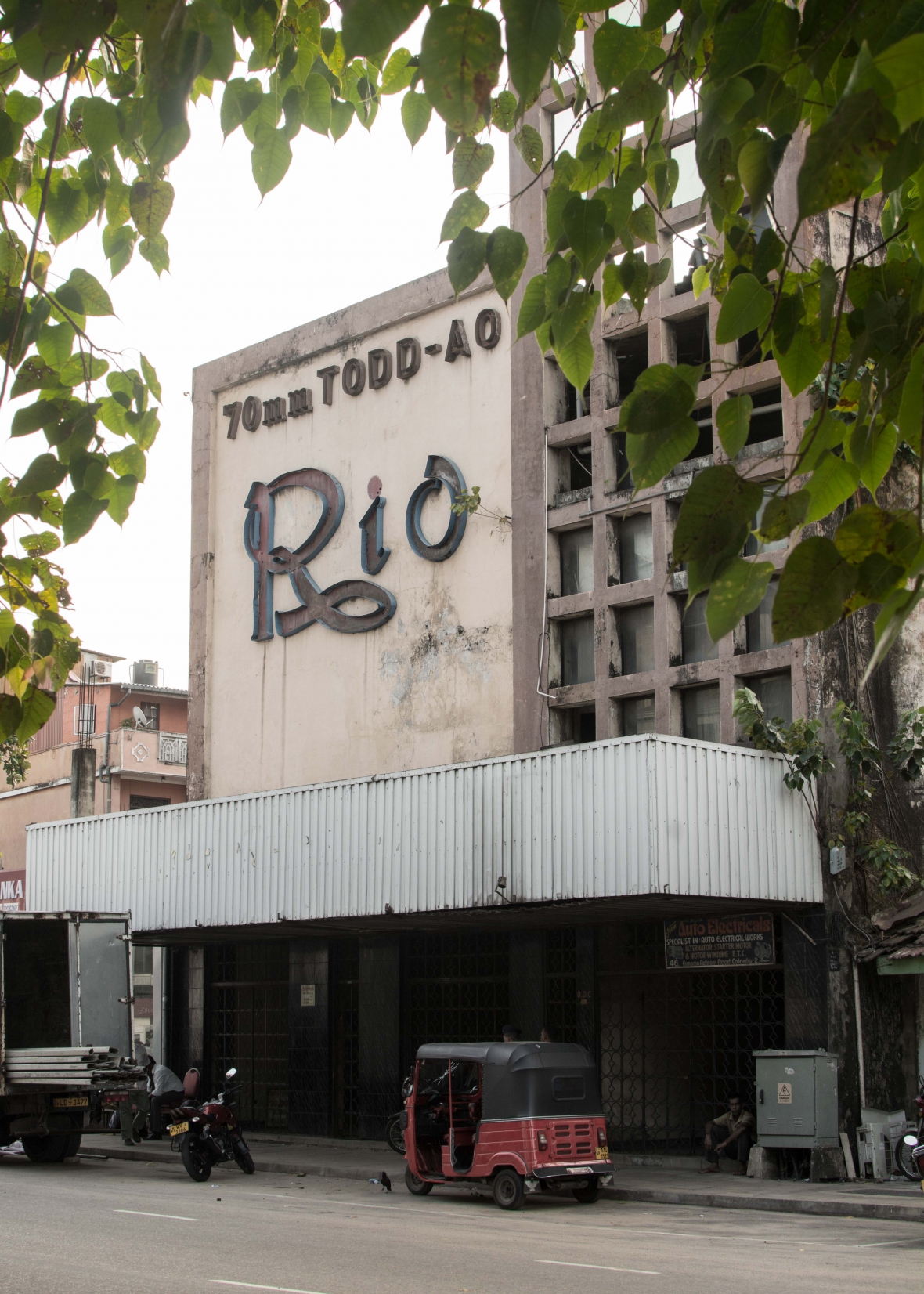
The Rio Cinema and hotel is one of the more iconic old relics of Slave Island. Once a popular cinema, it was torched during the communal riots of the 1980s. It never regained its former glory, but became a place that screened seedy adult films over the years. In the midst of change, however, it recently stopped its daily shows.
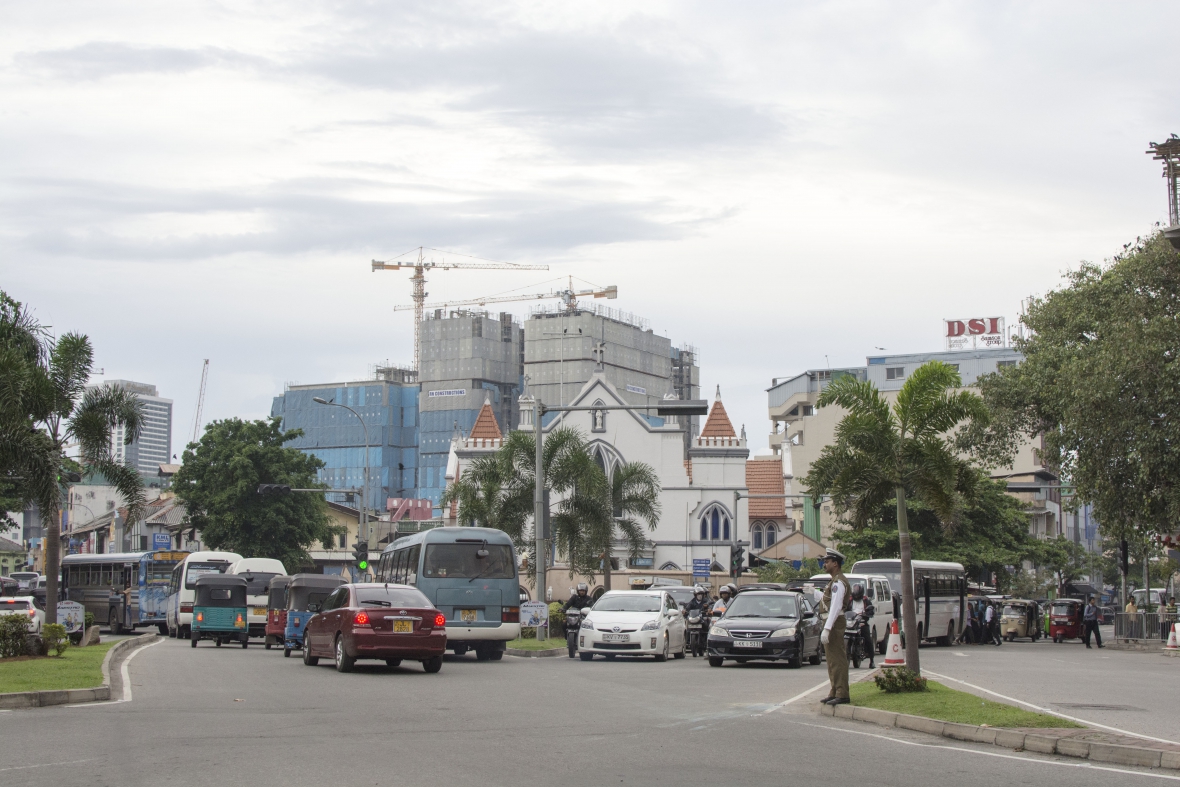
The Infant Jesus Church against the rapidly changing backdrop.
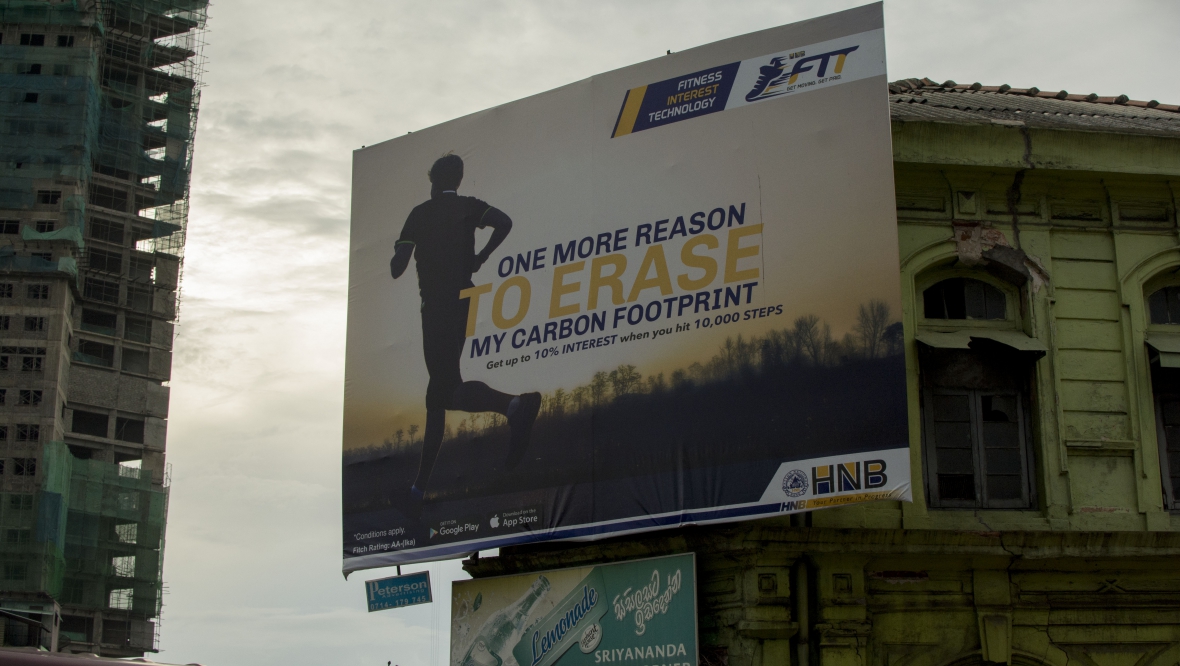
A walk along here is sure to give you plenty of food for thought, especially when there’s such clear juxtaposition of the early 1900s and new age technology.
